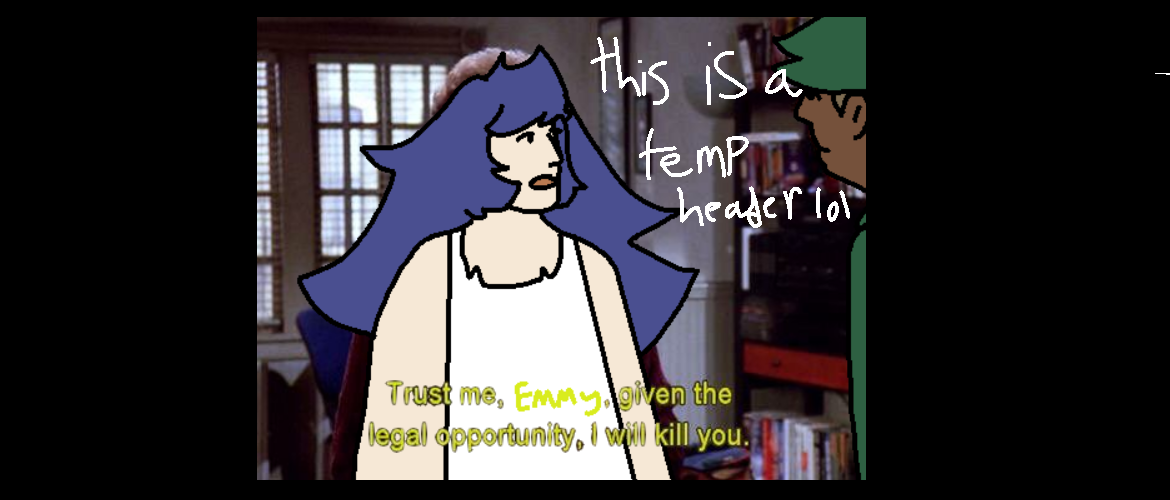Bulbasaur/Ivysaur/Venusaur
001 HERE WE GO!!!!
'it's a funky little lettuce' -me, probably
Y'all know what bulbasaur is like, man
Basic Information
Anatomy
The family shares a leathery dry green skin, with a plant on it's back. Through evolution stages, this plant blossoms into a large flower.
They walk on four short stumpy legs, and the majority of their body mass is actually just fat.
Genetics and Reproduction
Venusaur will create nests in underbrush and diligently guard it's eggs until hatching. They usually find another wandering mate, though only the mother stays and takes care of the young.
Growth Rate & Stages
The family's evolution is considered to me medium-slow, however, it's been known to speed up with access to more than enough sunlight and water. Though it physically grows and gains new markings and other features through evolution, the main teller that a bulbasaur or ivysaur is about to evolve is it's bulb/flower looking as though it's about to open.
Ecology and Habitats
The family thrives best in any kind of area with dense vegetation and good access to sunlight. In the wild, they generally live in more remote areas, which is why they're hard to come by in the wild. While bulbasaur and venusaur can do fine in an average home, venusaur needs an extensive amount of space to be kept healthy in captivity.
Dietary Needs and Habits
The family's diet consists almost entirely of groundwater and sunlight; absorbing it through either it's skin or bulb and converting it into energy.
Biological Cycle
The family is known to develop a brownish hue during the winter months, and goes through hibernation in the wild; though in captivity, they often have access to enough resources through the winter to skip hibernation.
Additional Information
Social Structure
They're generally solitary, only interacting with others of the family while young, taking care of offspring, or to reproduce. Still, bulbasaur and venusaur are calm species and won't fight if they run into another of their kind.
Ivysaur, on the other hand, have been known to pick fights with others.
Domestication
Due to the overall relaxed nature of the family, it's very easy to work with them, which makes the family a popular starter pokemon in Kanto. Whether born in captivity or in the wild, they're very easy to train.
Uses, Products & Exploitation
Outside of battle, the family is a well-known garden pokemon - their presence in a garden helps it thrive and measure the health of the plants.
In the past, venusaur was aggressively hunted for it's flower, but the practice is strictly outlawed now. And even if it wasn't, it's pretty much a death wish anyways.
Geographic Origin and Distribution
Their true distribution is still unconfirmed, as their habitat largely consists of dense area of forest; however, they're considered a Kanto native pokemon, as that's where a good 90% of the wild population is located, the remaining 10% being in Kalos. In captivity, the family is popular among trainers and other in Johto and Kanto.
Average Intelligence
The family possesses about dog level intelligence, with it becoming smarter as it evolves. They can fully understand humans and do tasks, but don't show initiative in doing their own tasks (unless they're young, in which case it's out of curiosity)
Perception and Sensory Capabilities
The family's hearing and sight can be considered simply average, though Venusaur possess the ability to smell water from a far distance.
Symbiotic and Parasitic organisms
Small grass types, as well as bird pokemon will use venusaur for protection, as well as using it's flower as a resting point. Bug types are known to take energy from the flower of a venusaur.
Genetic Ancestor(s)
Scientific Name
INT DEX 001-003
Lifespan
Wild: 100 years | Captivity: 800 years (documented)
Conservation Status
The family is considered rare in the wild and has been overhunted in the past, though it's rarity is probably because it's just good at hiding.
Average Height
Bulbasaur: 2'04", with a range of about 5 inches
Ivysaur: 3'03", with a range of about 6 inches
Venusaur: 6'07", with a range of about 1 foot
Average Weight
Bulbasaur: 15.2 lbs, with a range of about 4 pounds
Ivysaur: 28.7 lbs, with a range of about 6 pounds
Venusaur: 220.5 lbs, with a range of about 20 pounds
Average Physique
While it's body changes as it evolves, it's generally stumpy and fat, it's lowness to the ground being vital for it's camouflage. Their fat is stored water and nutrients, as well as build in protection from cold.
Body Tint, Colouring and Marking
The shiny colouration of the family is brownish gold in colour, giving it a bit of an 'eternal fall' look.
Remove these ads. Join the Worldbuilders Guild










Comments